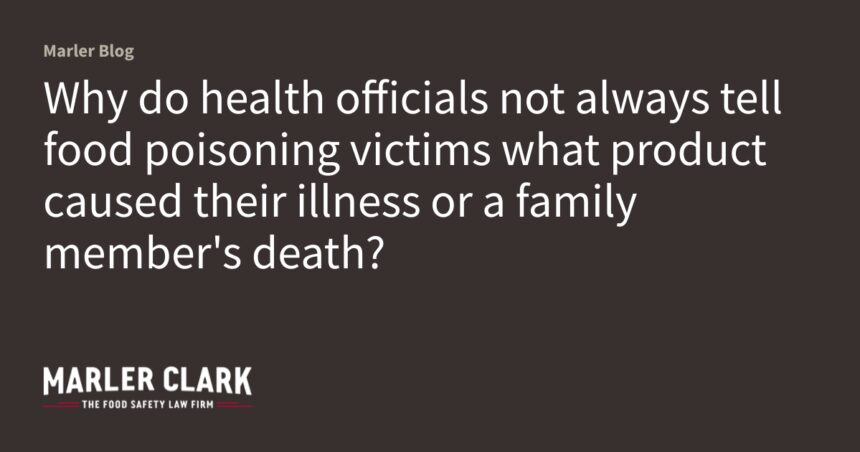In the aftermath of a devastating foodborne illness outbreak last month in Ontario, families were left with more questions than answers. Health officials identified the pathogen—E. coli O157:H7—but refused to name the specific food product responsible for hospitalizing 12 people, including a 78-year-old man who later died from complications. This case highlights a troubling pattern in public health response to food safety incidents: the frequent withholding of critical information from those most affected.
“They told me my father died from eating contaminated food, but wouldn’t tell me what food,” said Jennifer Lawson, daughter of the deceased. “How can I protect my own children if I don’t know what killed their grandfather?”
The tension between public disclosure and investigative integrity creates a complex challenge for health authorities. According to Dr. Melissa Chen, epidemiologist at the University of Toronto, several factors influence these decisions. “Health officials often withhold specific product information during active investigations to prevent economic damage to businesses before conclusive evidence exists,” Chen explained. “There’s a legitimate concern about causing unnecessary public panic or damaging an industry based on preliminary findings.”
Indeed, the Canadian Food Inspection Agency follows strict protocols that prioritize evidence collection before public disclosure. A senior agency official, speaking on condition of anonymity, confirmed that “legal liability concerns significantly impact transparency decisions.” Food producers may threaten litigation if named prematurely, creating hesitation among health departments working with limited resources.
However, this approach contrasts sharply with practices in other jurisdictions. In Minnesota, health officials routinely release preliminary information about suspected sources during investigations. Their data shows this approach has resulted in faster containment of outbreaks and fewer overall illnesses.
“The public has a right to make informed decisions about what they consume,” argues food safety attorney William Marler, who has represented thousands of foodborne illness victims. “Withholding information about contaminated products prioritizes corporate interests over public health.”
The economic implications of food safety alerts are undeniably significant. When romaine lettuce was linked to an E. coli outbreak in 2018, the entire North American industry lost approximately $350 million in revenue, according to industry analysis. Yet studies from Johns Hopkins University demonstrate that industries recover faster when transparency is prioritized early—rebuilding consumer trust through proactive safety measures.
Public health experts recommend a balanced approach. “Health officials should provide actionable information without waiting for absolute certainty,” suggests Dr. Samantha Roy, medical officer with Toronto Public Health. “The threshold should be reasonable scientific evidence, not conclusive proof beyond doubt.”
For victims and families, the lack of transparency compounds their trauma. Support groups report that knowing the source of illness provides critical closure for recovery. It also enables targeted prevention within households where high-risk individuals may reside.
The growing disconnect between public expectations and official protocols reflects broader tensions in food safety governance. As our food supply becomes increasingly complex and globalized, the challenges of tracing contamination have multiplied. Modern distribution systems can spread contaminated products across thousands of kilometers within days.
Recent legislative proposals in Parliament would establish clearer guidelines for information disclosure during outbreaks, potentially shifting the balance toward greater transparency. The proposed measures include protection for health departments against litigation when acting in good faith to protect public health.
As our understanding of foodborne pathogens advances through improved testing and surveillance, the capacity to identify contamination sources has never been greater. The question remaining is whether our institutional commitment to transparency will evolve accordingly.
When the next outbreak inevitably occurs, will Canadians have the information they need to protect themselves and their families? Or will the delicate balance between corporate interests and public health continue to favor silence over disclosure?










